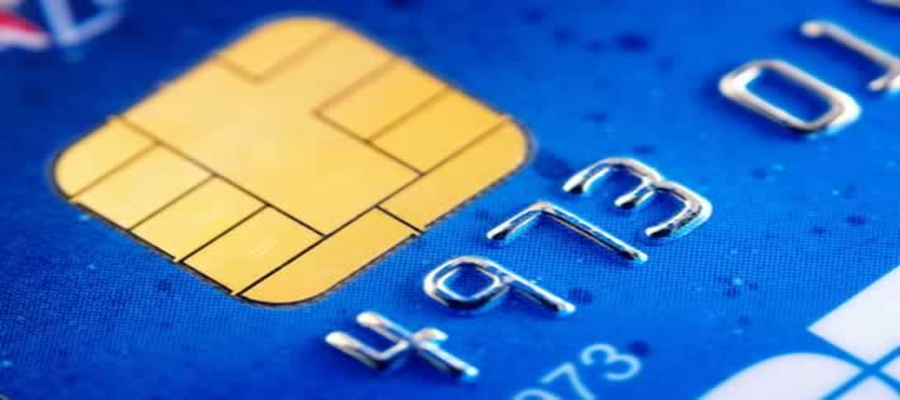Why are smart cards better than other ID token technologies? Smart cards are widely acknowledged as one of the most secure and reliable forms of an electronic identification (ID) token. A smart card includes an embedded integrated circuit chip that can be either a micro-controller chip with internal memory or a secured memory chip alone. The card communicates with a reader either through direct physical contact or with a remote contactless electromagnetic field that energizes the chip and transfers data between the card and the reader. With an embedded micro-controller, smart cards have the unique ability to store large amounts of data, carry out their own on-card functions (e.g., data storage and management, encryption, decryption, and digital signature calculations) and interact intelligently with a smart card reader.
A CXJ smart card ID can combine several ID technologies, including the embedded chip, visual security markings, magnetic stripe, barcode and/or an optical stripe. By combining these various technologies into a smart card ID token, the resulting ID can support both future and legacy physical and logical access applications. They can also support other applications that have traditionally required separate ID processes and tokens.
Biometrics are used in many new identity management systems to improve the accuracy of identifying individuals. Why are smart cards better than other ID token technologies? And How can smart cards be used to help assure privacy in a biometrics-based system?
Smart cards provide a highly effective mechanism to protect the privacy of an individual that has a requirement to use a biometric identity system.
- The biometric information can be stored on the smart card rather than in an online database, allowing the biometric owner the opportunity to manage the physical possession of the card holding the individual’s biometric information.
- The biometric data can be secured with state-of-the-art encryption techniques while providing full three-factor authentication capability at the card/reader level.
- Something you have – the card with all of its security capabilities
- Something you know – a password or personal identification number (PIN)
- Something you are – the biometric
- In a smart card-based application, the individual’s biometric can be captured by a reader and passed to the smart card for matching, rather than passing the stored biometric information to the reader for matching. The individual’s biometric information would never leave the card, preventing virtually any possibility of compromise.
In a non-smart-card-based application, the password or PIN and biometric would be stored in an online database outside the control of the individual and the biometric information would be captured and passed to an application for matching.







